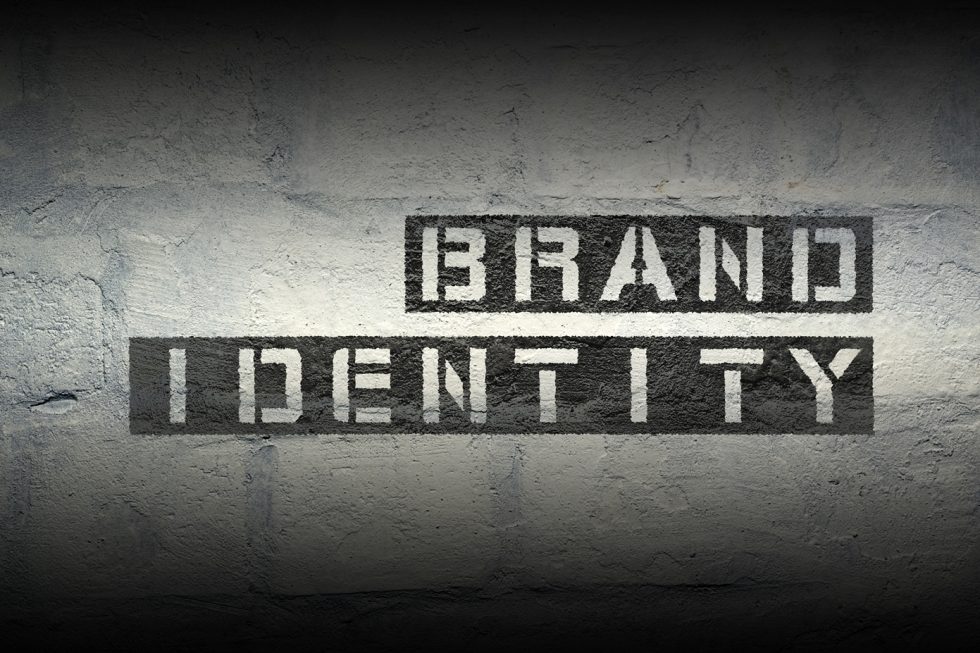Creating a memorable brand voice and tone isn’t always easy and though the proliferation of digital marketing channels has reduced the gap between large professional service firms and small ones, it has also made it more difficult for anyone brand to set itself apart. In the quest for differentiation and consistency across different channels, many professional service firms often mix up their brand voice and tone.
If you use different voices, your clients would be confused about what your brand represents and may not recognize it from one interaction to the next. Also, if you do not adjust your brand tone occasionally, you run the risk of being irrelevant at best or at worst offensive.
In order to create a unique and competitive brand identity, you must define a brand voice in your b2b marketing plan and be consistent.
Where Will People Hear Your Brand Voice and Tone?
Once you have personified your brand voice, the next step is to identify every single place where people will hear your voice. Since consistency is so important, you need to think of every single channel through which people might encounter you. Here are some ideas to get you brainstorming.
Video Content
Your brand voice is naturally communicated through the words you use in video content. Video content includes videos you post to YouTube or other video sites and webinars. Also, when appearing on the videos of others, you should be using your unique brand voice.
Live Interactions
Be on-brand whenever you encounter members of the public in a live situation. This includes one-on-one interactions with clients, interviews, presentations, and booths at trade shows or events. This is where having an established elevator speech or training on brand voice will come in handy.
Print Materials
You should consider your brand voice and tone for all print materials. This includes not only promotional materials such as flyers and brochures but also packaging paperwork and packing slips.
Packaging
Your packaging and the words on them should reflect the core values of your company. This is especially important if you’re a “green” company. Try to consider how your packing looks and reads to your clients and whether or not it is consistent with your overall tone.
Employees
Create guidelines for your employees in terms of brand voice when they communicate online or off with clients. B2B companies need to present a more formal image that engenders trust and positions them as a thought leader.
Communications with Other Businesses
You should also keep the tone in mind when communicating with other businesses. Your tone should be consistent with business associates as well as clients.
The Power of Storytelling in Your Brand Voice and Tone
Your B2B marketing strategies should include stories. Storytelling can bring to life the voice and tone of your brand. Stories are great for conveying your values and creating a personal experience that builds credibility and develops a strong connection.
The types of stories you can use include:
Personal Stories – How you created your company or overcame some difficulty
Service Development Stories – The history of your offered service and how it solves a problem
Client Stories – How clients have improved their business or solved their problems by utilizing your services
Employee Stories – A story that takes the reader “behind the scenes” to see the human face of your organization
Case Studies – More involved and detailed stories that explain your services in light of a client’s experience with your company
Storytelling can be used in all of the above areas of your marketing. You can tell a story on your website or social media. Your print materials can feature stories about employees or the founding of the company. Stories are especially useful for videos. A story can really spice up your regular promotional copy.
Stories don’t have to be long. A story can simply be an anecdote in a speech or a bit of humor in a blog post. The point is that they humanize the people in your firm. People don’t buy services – they buy people.
Most importantly, the stories you pick and the words you use to tell it should reinforce the voice and tone of your brand.
To determine whether your brand voice and tone is clear and concise, ask yourself the following questions:
- What’s your brand’s backstory?
- What makes your brand persona unique?
- Why is your brand so passionate about what it does?
Answering these questions provides you a solid foundation to continue building upon.
Staying consistent with your unique brand voice is good, but know that different media require different writing styles and messaging approaches.
The way you write a LinkedIn post should be different from the way you write a tweet, which should be different from the way you write a press release, and so on. However, knowing how to apply your brand voice for different media channels without going off track requires great skill, patience, and experience. In this regard, seek help from experts.
For more ideas, subscribe to our newsletter and get more useful information on how to generate a brand voice and tone.

